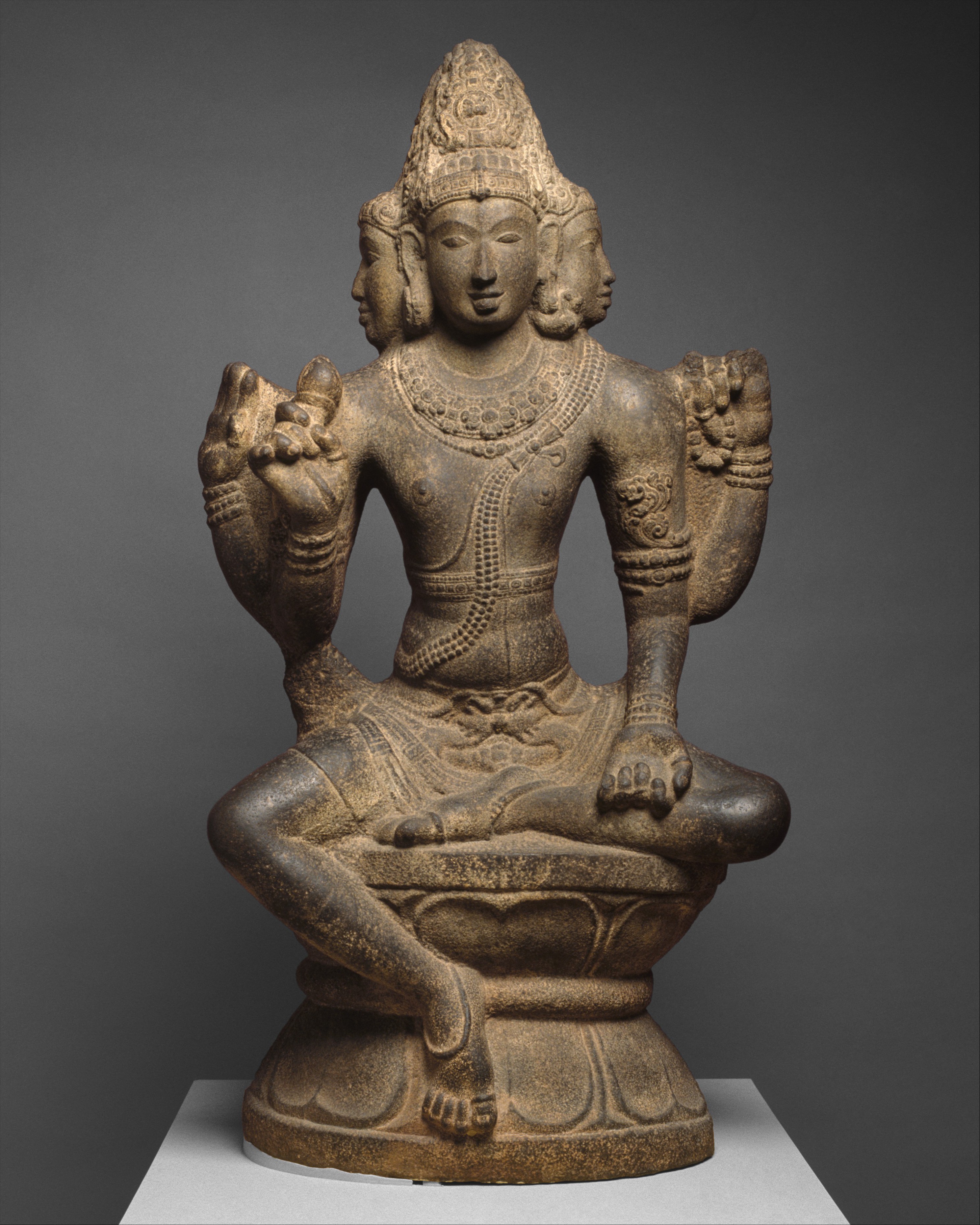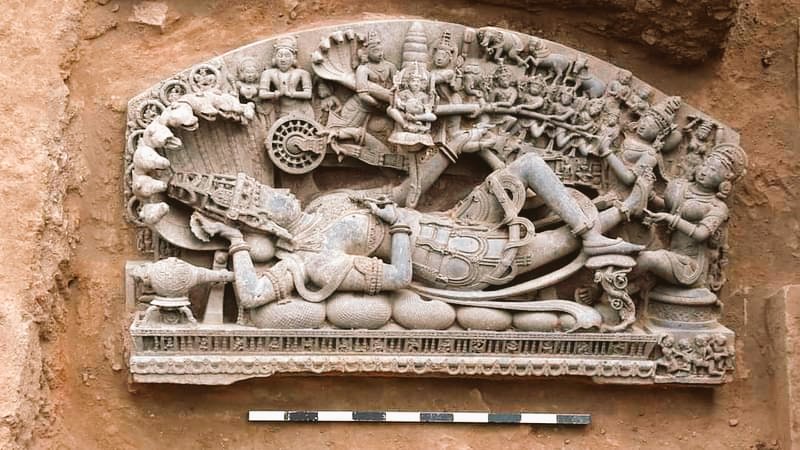Shiva, also known as Mahadeva, is one of the principal deities of Hinduism and is considered to be the destroyer of evil and the transformer within the Trimurti, which consists of Brahma, Vishnu, and Shiva. Shiva is often depicted in art and literature with a wide variety of attributes, which can be used to help identify him and understand his role in Hindu belief.
One of the most recognizable attributes of Shiva is the trident, or trishula, which he holds in his right hand. This weapon represents his power and ability to destroy evil.
In his left hand, he often holds a damaru, a small drum that represents the creation of the universe through sound. Shiva is also often shown wearing a garland of skulls, which symbolizes the destruction of ego and attachment to worldly things.

He is also often depicted wearing a snake, which symbolizes the power of death and rebirth. Shiva is also often depicted with a third eye, which is located on his forehead. This eye represents his ability to see beyond the physical world and into the spiritual realm.
In some depictions, Shiva also has a crescent moon on his head, which represents his connection to the cycles of time and the phases of the moon.

In addition to these attributes, Shiva is also often depicted in various poses and with different facial expressions. One of the most common poses is the cosmic dance pose, known as the Tandava, which represents the cyclical destruction and recreation of the universe.
In this pose, Shiva is shown standing on one leg with one arm raised and is often depicted with a fierce facial expression. Another common pose is the meditative pose, in which Shiva is shown seated in a yogic position with his eyes closed, representing his role as a teacher and guide on the path to enlightenment. In this pose, Shiva is often depicted with a serene facial expression.
In terms of facial expressions, Shiva is often depicted with a fierce and powerful expression, representing his role as the destroyer of evil. He is also often depicted with a serene and peaceful expression, representing his role as a teacher and guide on the path to enlightenment.
In conclusion, the iconography of Shiva is complex and multifaceted, with a wide variety of attributes, poses, and facial expressions that are used to represent different aspects of his divine nature and role in Hindu belief.
Download our app to get regular updates on Indian History – Link


